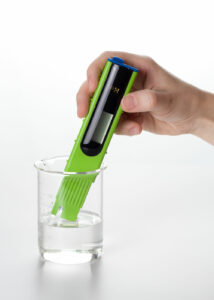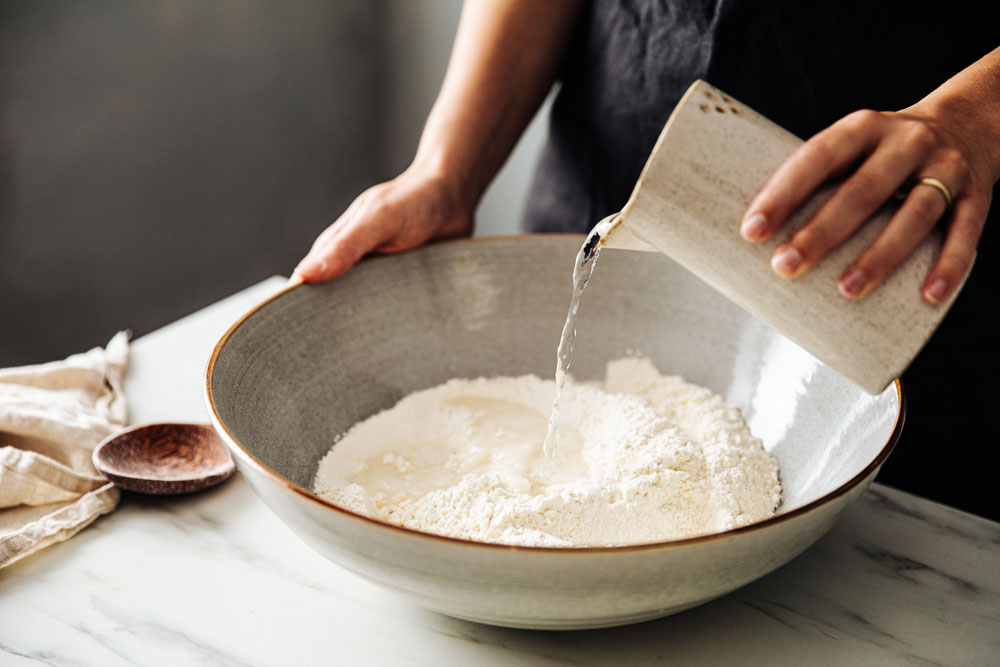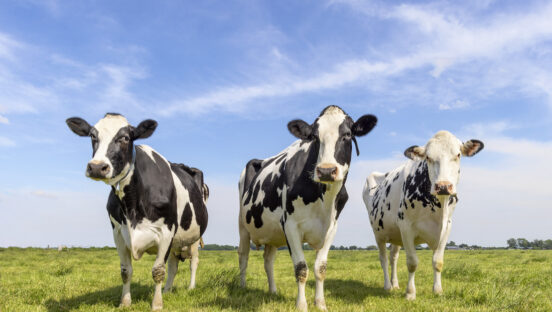By William Manzo, Jr.
The pH of water is not something we tend to think about often, yet it’s very important to the quality—and taste—of pizza (or just about any food on your menu into which water is cooked). Understanding the pH of your pizzeria’s water can make a big difference.
Water can range on the pH scale from 1 to 14. A pH that’s less than 7 makes the water more acidic, while a pH greater than 7 makes it more alkaline or basic. That might sound like a bunch of scientific nonsense, but all kinds of factors affect the pH of water, including precipitation, chemicals, organic material and soil composition, and these factors, in turn, influence the way that water tastes. And that’s important! A low pH can make water taste sour or metallic, while a high pH can mean that your water is hard, which gives it a baking soda-type taste.
New York pizza is considered so phenomenal because the city’s water clocks in at around 7.2, right near the middle of the pH scale.
New York pizza is considered so phenomenal because the city’s water clocks in at around 7.2, right near the middle of the pH scale. A pH of exactly 7 is considered pure water, so New York water is pretty darn close. That makes it the ideal pH for taste as well as for yeast. The ideal pH for most microorganisms, such as yeast, is near the neutral point. Anything higher or lower than a pH of 7, meaning more basic or acidic, can disrupt yeast fermentation.
So we all have to move to New York, right? Just kidding. The truth is, any one of us can create a perfect New York-style water profile. It doesn’t matter if we’re doing business in a soft, mineral-lacking water region like Washington State or Oregon or a hard, mineral-rich water region like Las Vegas. All we have to do is adjust our recipe.
None of us should be using the same recipe anyway. If you have a pizzeria in Providence, Rhode Island, and take that identical recipe to Florida, California or Chicago and expect it to taste the same, you’re going to be really disappointed. It will be completely different based on the pH level of the water you’re working with, even with the same yeast, salt and flour.
What’s different? The salt.
If you use a water with a higher acidity, it will eat your yeast, and you will have to add more salt, which has a retarding effect on yeast. If you use water that’s more basic, you will have to decrease the salt. Note: The addition of table salt, also known as sodium chloride, does not change the pH of water (although other sodium compounds can). Adding table salt will simply change the taste. After all, they say good pasta water should taste like the ocean.
All kinds of factors affect the pH of water, including precipitation, chemicals, organic material and soil composition, and these factors influence the way that water tastes.
Okay, so how do we figure out the pH level of our water?
 Get your water professionally tested. Take the time to do a test to determine the pH level of your local water. You’re better off using a certified lab to do this rather than some of those kits you can buy at the drugstore. Testing can cost anywhere from $20 to $150. The test will give you an understanding of your water’s pH level to help determine how much yeast and salt you’re going to use in your baking to get the taste you desire.
Get your water professionally tested. Take the time to do a test to determine the pH level of your local water. You’re better off using a certified lab to do this rather than some of those kits you can buy at the drugstore. Testing can cost anywhere from $20 to $150. The test will give you an understanding of your water’s pH level to help determine how much yeast and salt you’re going to use in your baking to get the taste you desire.
Invest in a water filter, if needed. Depending on the results of your professional water test, you might want to invest in a water filter. Water filters can remove acidic substances, while water softeners can remove alkaline deposits. There are reverse-osmosis filters for water that contains multiple or high levels of contaminants, as well as carbon filters for improving taste or odors or for dealing with less serious contamination.
Buy a pH reader. A portable or pocket pH reader, which you can purchase at any home center retailer for about $75, lets you test your water any time (I test mine once a month, generally). It should not take the place of a professional water test, but it allows you to check your water’s pH from time to time, because pH can fluctuate based on various conditions. For example, two days after a big rainstorm, the pH of your local water might be higher than normal. That’s because rain can wash various types of contaminants and bacteria into a water system, and municipalities will use massive chemicals, including arsenic, to kill off those contaminants. And arsenic destroys yeast! That’s why, two days after we get crushed with rain in Rhode Island, I tell my chefs to up their yeast by two ounces for each batch of dough to offset the higher levels of arsenic.
The bottom line? Sure, everyone talks about New York water. (It can get really irritating, right?) But the good news is that, when you know the quality of your own local water, you can make the adjustments you need to make it taste like you’re running your pizzeria in midtown Manhattan, no matter where you live!
William “Billy” Manzo is a veteran pizzaiolo and the owner of Federal Hill Pizza, with two locations in Providence, Rhode Island.













